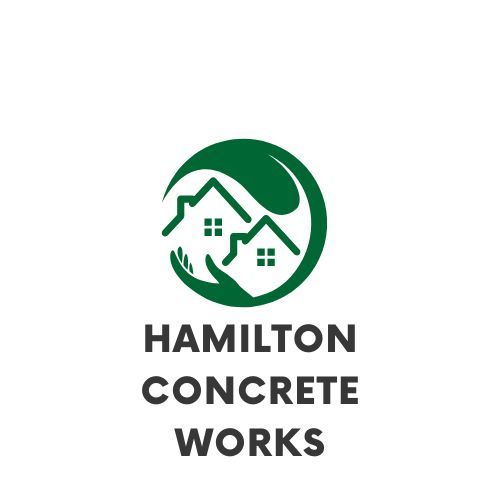Flagstone Guide: Understanding Popular and Unpopular Cuts, Colors, and Applications
Let's delve into the popular and less common cuts and colors of flagstones and explore what makes them suitable for various design purposes.
Popular Cuts
Random Cut:
Random cuts give a more natural and rustic appearance. These are irregular shapes that fit together like a puzzle. Ideal for garden paths or patios, these cuts complement a casual outdoor setting.
Pros:
- Natural appearance.
- Unique, one-of-a-kind design.
- Adaptable to various settings.
Cons:
- Difficult to install without gaps.
- Can be challenging to maintain a level surface.
Squared Cut:
These are clean, square shapes that offer a formal look. Suitable for more contemporary designs, squared cuts bring uniformity and simplicity, often used in walkways or modern patio areas.
Pros:
- Uniform and clean appearance.
- Easier to install.
- Suitable for contemporary designs.
Cons:
- May look too rigid or formal for some settings.
- Less unique character.
Rectangular Cut:
Similar to the squared cuts but in rectangular shapes, these cuts add a touch of elegance and can be laid in various patterns. They're commonly used in driveways and outdoor living spaces.
Pros:
- Elegant appearance.
- Versatile in pattern design.
- Blends well with both modern and traditional styles.
Cons:
- Requires precise installation.
- Potential lack of texture.
Ledger Stone:
Ledger stones are typically used for vertical surfaces such as walls or fireplace surrounds. They are flat and long, giving a stacked appearance that offers both texture and depth.
Pros:
- Adds texture and depth to vertical surfaces.
- Modern appearance.
Cons:
- Difficult to install.
- Might be inappropriate for horizontal surfaces.
Popular Colors
Buff:
A light, sandy color that is neutral and blends well with natural surroundings. It's ideal for a wide variety of settings and offers a warm and welcoming feel. It is also neutral and blends with various designs. One downside is that is may appear bland in some settings
Brown:
Brown shades bring earthy tones that resonate well with the natural environment. They are particularly effective in rustic or traditional settings. Overtime this colour may actually darken or change over time and it can be dominant in some designs.
Blue-Gray:
A more contemporary choice, blue-gray stones offer a cool and sophisticated feel. They often match well with modern architecture and design. It is a cool and sophisticated choice but may clash with warm colours and likely won't suit traditional designs.
Red:
Red tones can be bold and striking, providing a focal point in a landscape design. They can be used to create contrast or to complement other warm colors in the surroundings. These designs will be bold and eye catching but can be too intense for some tastes.
Less Common Cuts and Colors
Highly Intricate Patterns:
Although beautiful, intricate cuts can be difficult to install and may require specialized craftsmen. These are typically more expensive and might not fit with all types of architecture.
Unusual Shades:
While uncommon colors might appeal to specific tastes, they can be harder to match with existing architecture or landscape. Examples might include bright greens, purples, or other non-traditional stone colors. Such shades might be considered fashionable in some contexts but may quickly fall out of favor or seem dated.
Conclusion
Choosing the right cut and color of flagstone can significantly impact the aesthetics and functionality of a space. Popular options are often preferred due to their versatility, ease of installation, and timeless appeal. Unpopular or less common choices, while unique, might require careful consideration and planning to ensure they fit the intended design.
When selecting flagstones, considerations such as the overall theme, local climate, maintenance requirements, and personal preferences should all be taken into account to achieve the desired result. The availability of certain cuts and colors might also vary by region, depending on the local quarrying and manufacturing practices. Therefore, consultation with a contractor or local supplier might be beneficial in making an informed decision.
We bring pride and passion to every project that we undertake, with a professional team of designers, project managers and tradespeople.
Please visit our friends at
Driveway resurfacing Ballarat,
Epoxy flooring Hobart,
Concrete company London Ontario,
Concrete Contractor Edmonton
Company
Business Hours
Business Hours
- Monday
- -
- Tuesday
- -
- Wednesday
- -
- Thursday
- -
- Friday
- -
- Saturday
- Appointment Only
- Sunday
- Appointment Only
@ 2024 All Rights Reserved | Hamilton Concrete Works | Made by Visionary Leads

